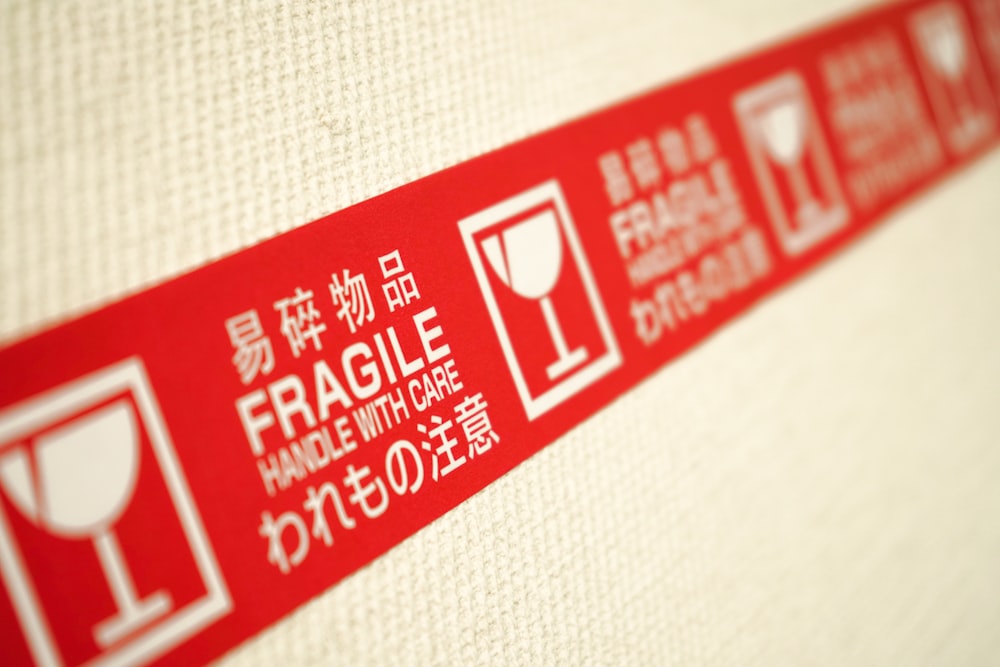Hybrid Printing: Is It Right For Your Business?
Hybrid Printing technology combines traditional printing technology with inkjet on a single-pass print system. It allows your business optimal performance by blending analog and digital with UV inks or water-based ink for your printing processes.
To begin, we must understand why a business may choose a digital printing press or a flexo press. Digital printing offers your business the ability to perform prints from a digital file without the need for pre-made printing plates. This gives your business the benefit of flexibility and versatility in both design and production.
Digital printing benefits your business when printing short runs of highly customized, variable materials. With low initial investments and quick turnover times, digital printing is truthfully a great place to start with your business as it offers you the opportunity to try many different promotions, designs, and customizations that the market is shifting towards.
Traditional printing methods consist of multiple sections where printing plates are used to press ink onto virtually any substrate with high quality. This high quality and speed are the first consideration for analog prints as they are considered the benchmark quality for print runs.
Flexography being the highest standard, is perfect for large runs at high speeds. As you shift towards these larger jobs while the initial investment may be high the return on your investment will come quickly to your business as you continue to produce.
While the first hybrid early printing presses were appearing around the 1990s, they are just now entering the market with the ability to match up to standards within recent years.
 What Are The Benefits of Hybrid Printing Presses:
What Are The Benefits of Hybrid Printing Presses:
Hybrid print technology in theory is the perfect blend of analog and digital technology. When you aren’t necessarily printing small runs but won’t meet the high capacity needed for the return of investment on a traditional press, hybrid print gives you the ability to flexibly print.
Hybrid printing systems bring variable data similarly to digital methods. In recent years, it’s been noted that the market is shifting over to variable, customized prints. From a marketing perspective, consumers like packaging and labeling that effectively demonstrates your brand while allowing it to feel personal to them. Having their city written on the package or the option of their favorite color will allow customers to connect with your brand more effectively than just a standard package on the shelf.
Versatile packaging isn’t just useful for marketing In warehouse labeling, these presses allow for multiple sets of SKUs or QR (Quick Response) Codes that shift ever so slightly to keep your business efficient. Whether you’re attempting to maintain order in your supply chain or trying to provide additional information to your customers these are great methods to use.
These hybrid systems also allow your business the opportunity to skip the printing plates. While maintaining a compact footprint, these presses allow your business to forego the downtime of plate manufacturing or changeover. Standardly, the downtime required by these needs tends to become quite costly over time. Without the need for them, the press will continue to run and produce for your business.
What Are The Drawbacks of Hybrid Systems?
When it comes to cost, hybrid systems are more expensive than digital systems. They have a very niche market for production and tend to only return the investment on very specific product runs like sequences of codes. While they have the ability to handle variable data digital presses still outperform the hybrid press due to the fact that one side of the press isn’t operable depending on short or long runs.
Hybrid technology requires consistent volumes of work. This is important to keep in mind when considering whether to go with digital, hybrid, or flexo.
Comparing Hybrid To Digital:
Hybrid systems are beneficial in comparison to digital technology when it comes to production speeds. Because hybrid printers are single-pass, they are able to do finishing like varnishes for example with no additional technology.
Digital printers have inline options but these do tend to slow down the actual production ability of the printers themselves. Because of this, if your business is focused on speed alone you may want to consider a hybrid press over digital.
Other than the optimal quality and speed of prints it is important to note the flexibility of these presses. When compared to digital; unless you’re meeting hybrid’s very strict and specific criterion, digital will still provide your business with the best value for label printing or on sheets of paper for example.
As noted above, hybrid systems do have the ability to print variable data but they are unable to do it as efficiently and effectively as a digital printing press. If you’re business solely focuses on shorter runs of highly customized prints stray away from hybrid and look towards digital.
Comparing Hybrid To Flexography:
Flexo print technology will always be considered the best possible quality when it comes to the printing industry. They are extremely fast and the most cost-effective in terms of long runs.
Their hybrid counterpart while being fast, is very price sensitive unless your business has the capability to print the exact and consistent qualifications to maximize profits. When comparing the cost to production quantities, Hybrid systems require a very specific quantity in order for it to be the most cost-effective option.
Hybrid technology does, however, offer the ability to work with customized designs, unlike flexography. Multiple SKUs can be done in any color without having to manufacture an expensive plate that flexography requires to update different print jobs.
How To Know if Hybrid Is Right For Your Business:
While the answer is never as simple or clear-cut as we’d like them to be there are a few aspects to consider when choosing your printing press. Hybrid technology will excel in mildly variable data for automated labeling at high print speeds. The single-pass technology to print and finishing while maintaining a compact footprint has your company producing quickly without the large space your traditional presses require.
Costs overall when conditions are perfect will be lower than traditional methods. They require less skilled labor which does tend to be very expensive.
With medium runs and no plate requirements, your company will save on the cost of downtime. While seemingly negligible in the short term, over time these lulls in production will add up and can become very costly to your business.
Overall, your business’s unique needs will be the final determination of which system is right for you. For short runs with flexibility and customization, digital is the correct choice. For medium runs of slightly varied data, hybrid may be something to look into. For optimum quality, large runs and fast speeds traditional methods would be most beneficial.
For more information on how a digital system could benefit your business contact us today. We offer a wide variety of products and services ranging from entry-level tabletop machines for those just starting out with in-house labeling all the way up to industrial capabilities. Pair them with the perfect finisher so you’ll no longer have to outsource your production today.

